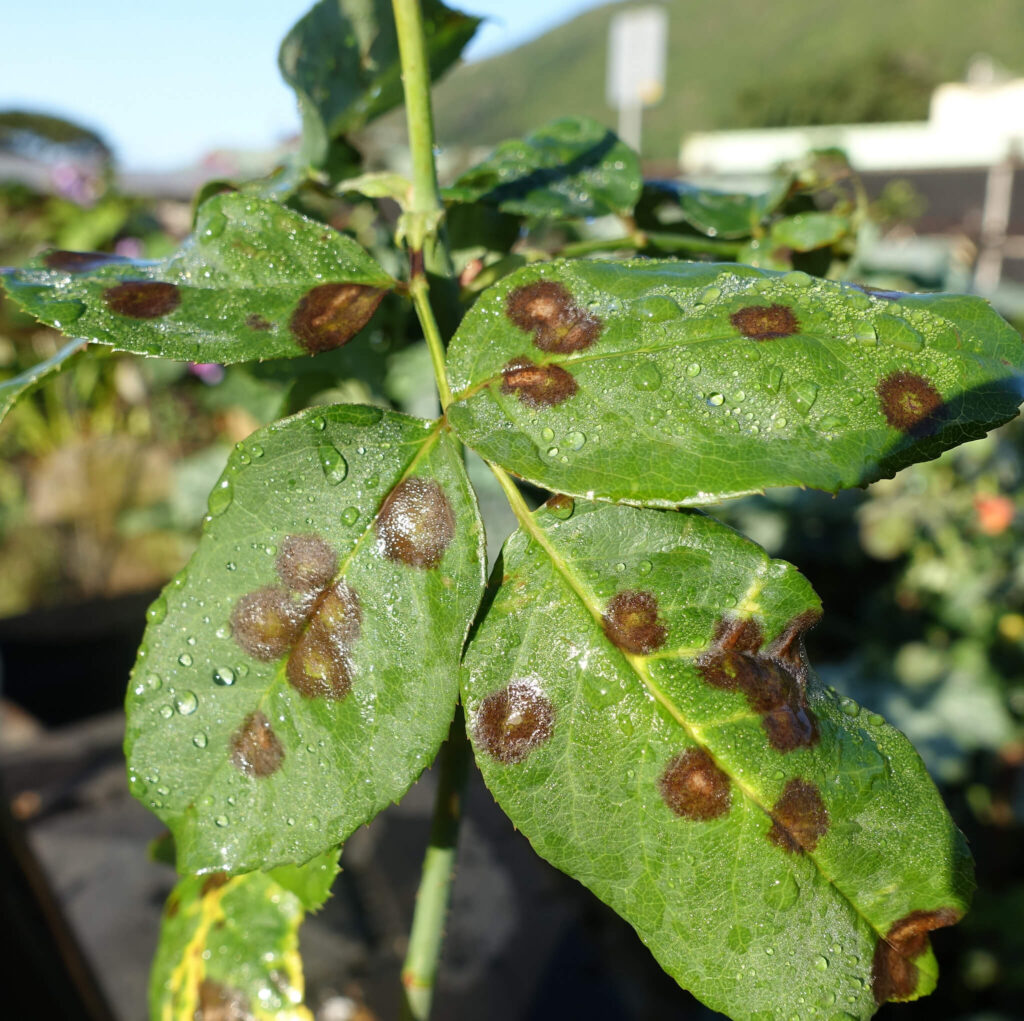Fungal infections have been on the rise in America for decades. Typically, ideal conditions are required for fungi to thrive and infect specific areas of the body. However, such diseases have been spreading from their native regions, “taking clinicians and patients by surprise,” says UC Davis School of Medicine professor, Dr. George Thomas. While the CDC claims Histoplasma, or Histo, is a soil fungal disease primarily present in the Ohio and Mississippi River valley, a new study by the Washington University at St. Louis argues that the disease has become more widespread across America since the 1960 CDC study.
What are these fungal infections?
Fungi are common in nature with most being harmless to humans. Regardless, some have the potential to cause health complications such as inflammation of the lungs, cough, and fatigue, and if left untreated, can prove to be fatal. Fungi such as yeasts, molds, and mushrooms may lead to a variety of diseases: histoplasmosis, blastomycosis, and coccidioidomycosis (Valley fever) to name the most prevalent ones.
In fact, at least 1 of the 3 diseases above has been found in 48 states in the US. Histoplasma is a fungal disease often contracted by interacting with soil that contains bird or bat droppings. Blastomycosis, also a soil-contracted disease, is particularly found in moist soil and decomposing organic matter like leaves and wood. Coccidioidomycosis, known as Valley Fever, predominantly infects the lungs, resulting in respiratory symptoms like chest pain, coughing, and fever. Cocci have been rapidly spreading in California, causing cases to nearly triple between 2014 and 2018.
How can I prevent these infections?
According to the CDC, when encountering bird or bat droppings, people should not sweep the area or agitate the soil. This prevents fungus spores from drifting into the air, which could lead to possible contamination. The new study also suggests doctors to not overlook the possibility of fungal infections.
How is climate change related to these infections?
Human-caused climate change has been resulting in changes to temperature and rainfall patterns. Expanding host regions for epidemic fungi have allowed such infections to spread. As we see greater changes in the climate across the US, we can expect to see a rise in fungal pathogenic cases.






